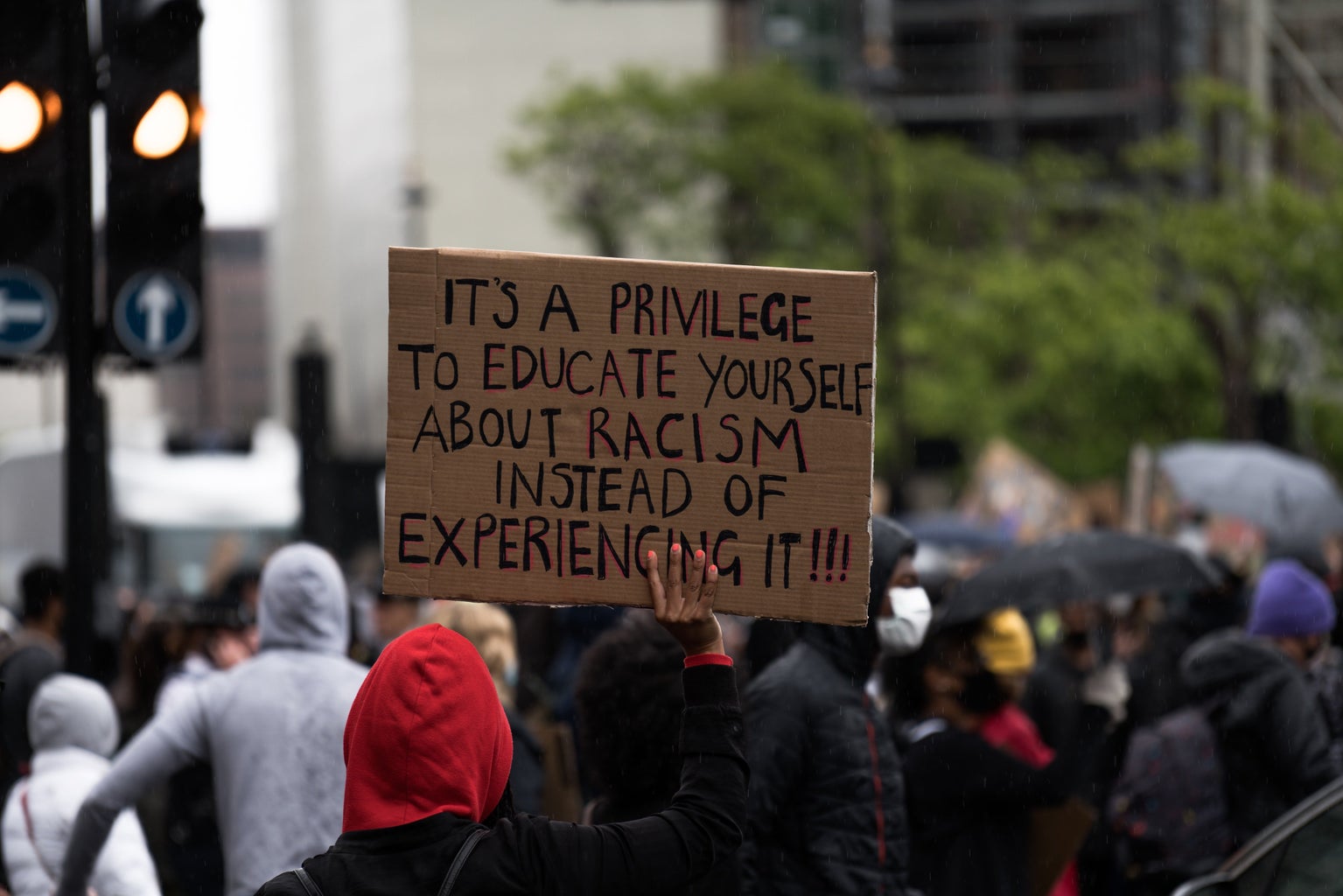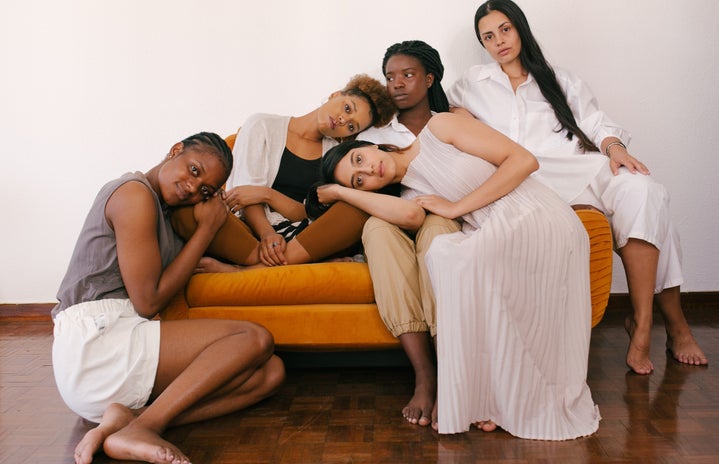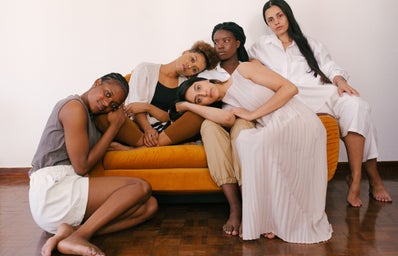In any majority-white writers’ room for high school based media, there’s the question of diversity in some way shape or form. We all hope it’s a productive discussion that leads to well-rounded characters of color in an industry saturated in white… but let’s be honest, its almost always a question of positive branding and how inclusion makes the studio more money. However that conversation ends, the resulting show or film generally has an attempt to make a “rainbow friend group” to accompany the white protagonist’s adventures. It’s easy for white people to get caught up in that vision, especially whites struggling to come to terms with their guilt and looking for some token friends to bear the burden of their newfound complicity in systemic racism.
But, as crudely as Mean Girls puts it, friends groups tend to be distinctly organized by racial identity. The image of the rainbow friend group very rarely comes up in real life as it is portrayed by authors and directors, and yet most whites have not only a perfect image of what such a group looks like, but they’ve probably fantasized about it in some way. Maybe even while decorating their brand new room a few days before going to their first classes. As much as I’d like to think myself a good ally with truly special friends who keep me in check — as many race-conscious white allies think of themselves as well — rather than friends, I think I was looking for black and brown people to take away my white guilt for me.
Rather than waste time trying to convince white readers that they have, in fact, indulged in some form of that fantasy, it seems more useful to talk about the mythology of the multiracial friend group. Where does it come from? Other than being a pleasant thought that people can overcome racial inequalities woven so deeply into our consciousness, it makes sense that in academic settings people would seek to expand their minds by talking to people they generally would not have the opportunity to interact with. I mean, look at McGill. Its got a massive non-Canadian population in both staff and student, and the relatively low tuition (I grew up in the US where college education easily reaches $70k a year) lets many more people apply than the stuffy Ivy Leagues that drown students in debt. And yet, I want to have this conversation about well-educated students tokenizing others in the same ways we did in middle through high school. We come back to the question of, essentially, why don’t the kids of color want to hang out with me? Haven’t I done my part fighting racism? Can’t we move past these racial barriers and can’t I reap the benefits of having stopped racism without having done the lifelong work?
The biggest problem with this question is the framing — simply put, it’s inherently a white question. The stereotypes presented in films like Mean Girls about the “mean Black people” and “cool Asians” come from the white writers, because what the “cool Asians” think about the white kids who all stick together is not “why don’t they want hang out with us?”. It’s more likely along the lines of “I wonder which of these guys has parents who voted against people like me having rights?”
Because for whites, this is a question of expanding one’s mind and becoming a smarter person. It’s a selfish want that does not give thought to what they can provide to their friend rather than only consider the other way around. For everyone else, it’s a question of safety. And that is literally a world of difference.

Thankfully, activists and allies of civil rights movements all over the world are now the examples for people today to follow, and the risk of making friends with people outside of your race is low enough that it’s almost all rendered to subconscious snap-judgements that feel uncomfortable to talk about out loud. No transracial relationship is categorically doomed, to make that position unquestionably clear.
What needs to improve is white people’s attitudes of entitlement to people of color’s time and energy. If all white people lamenting the lack of a cool Latino friend interrogate that desire for the fabled multiracial friend group, and I mean really interrogate it, then they would recognize that the people surrounding them need to change, that the system of whiteness they participate in is hostile for the people they want to befriend, and that they must commit themselves to making that system a hospitable place for people of color in order to even begin becoming a viable option for emotional support to a non-white person.
Welcoming a person of color into a white life means dedicating enough of that life to bettering the world for that person, because that is what they have no choice but to wake up to and face everyday. The myth of the multicultural friend group is born out of a white desire to participate in non-white life without all the racist strings attached that people of color are forced to confront, and perhaps only when white people come to terms with their guilt will multi-ethnic friend groups be more willing to include white people.
I also ask to be criticized, interrogated, corrected, and held to the highest possible standard an ally can hope to reach.


